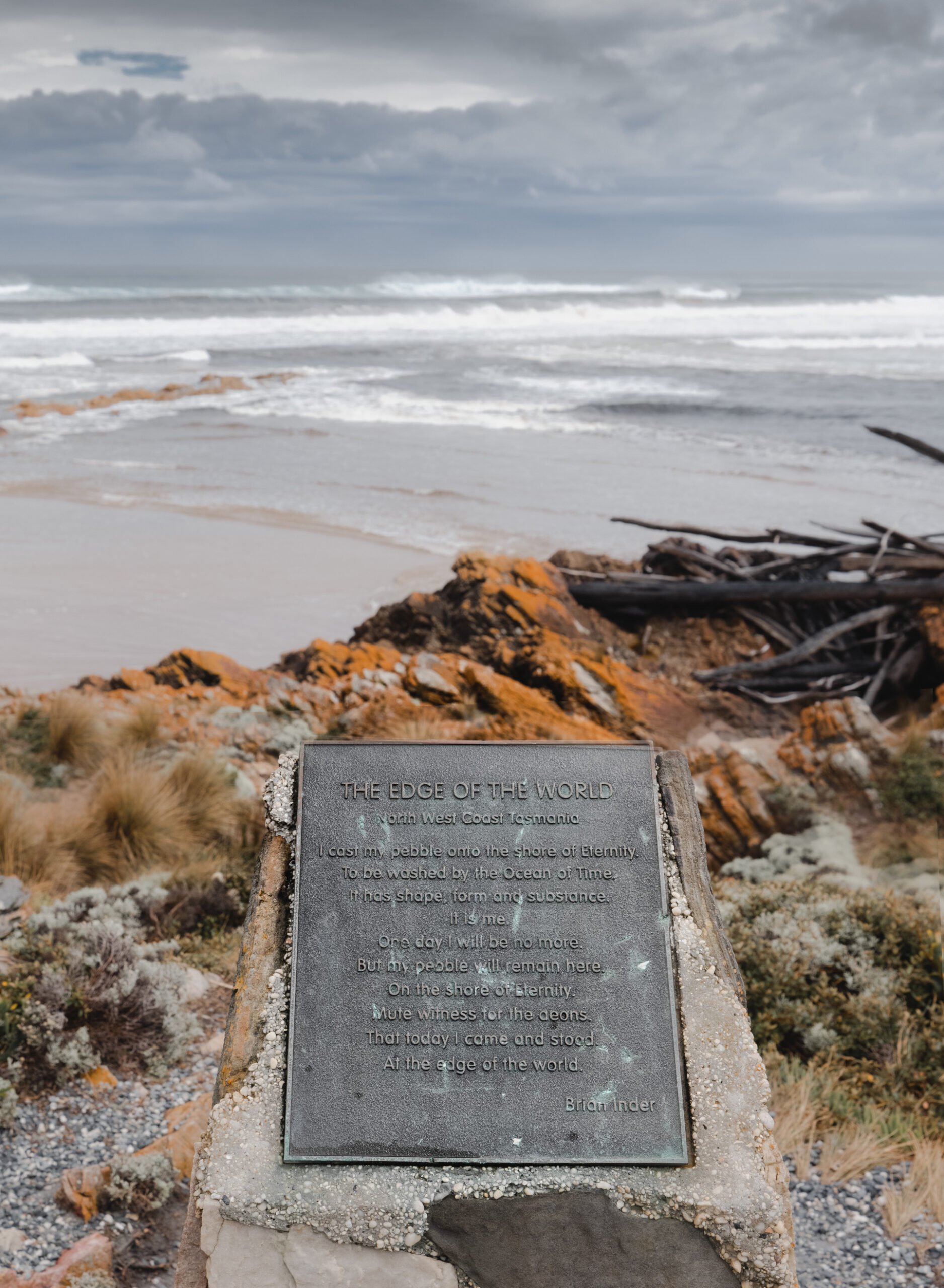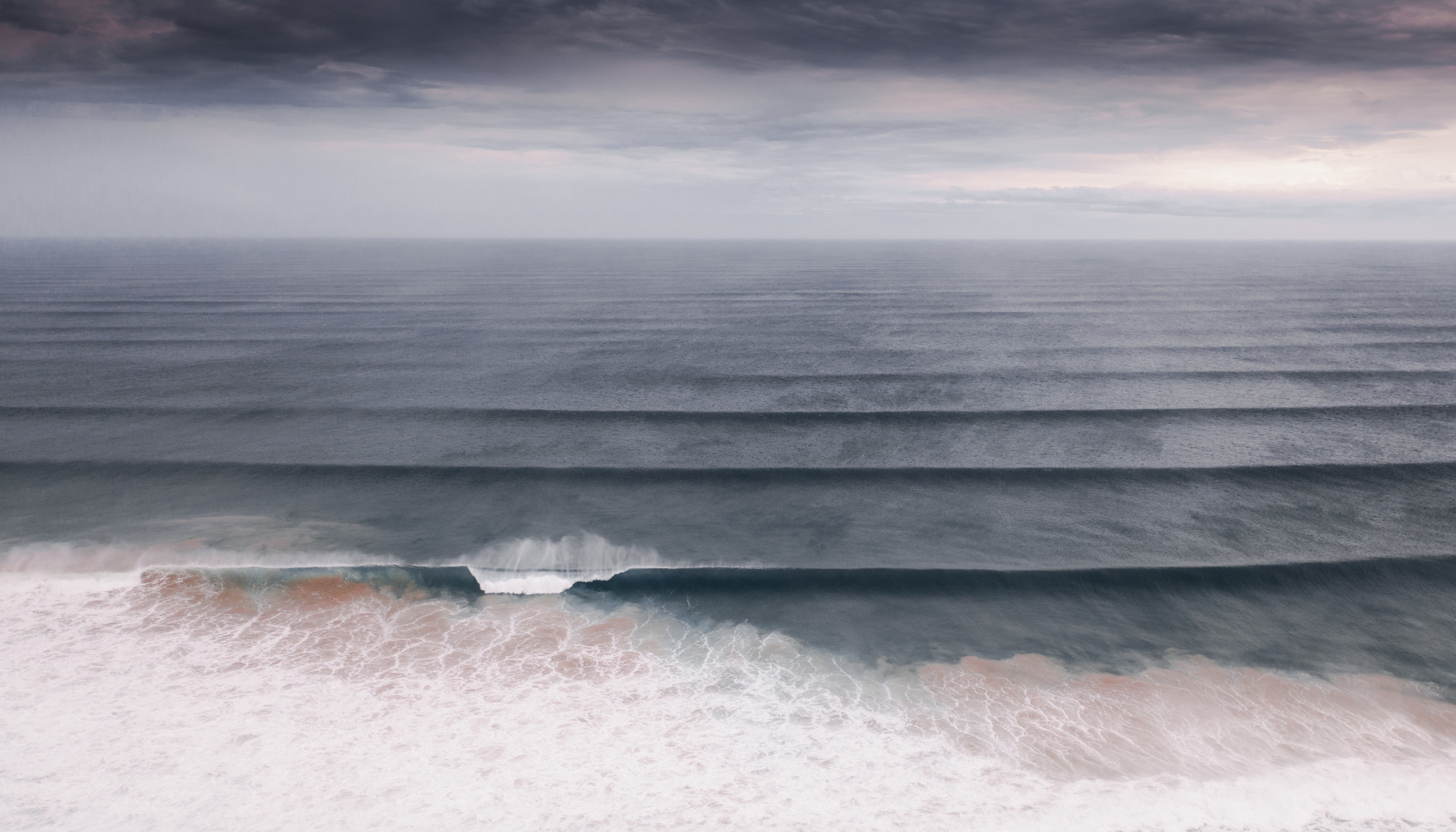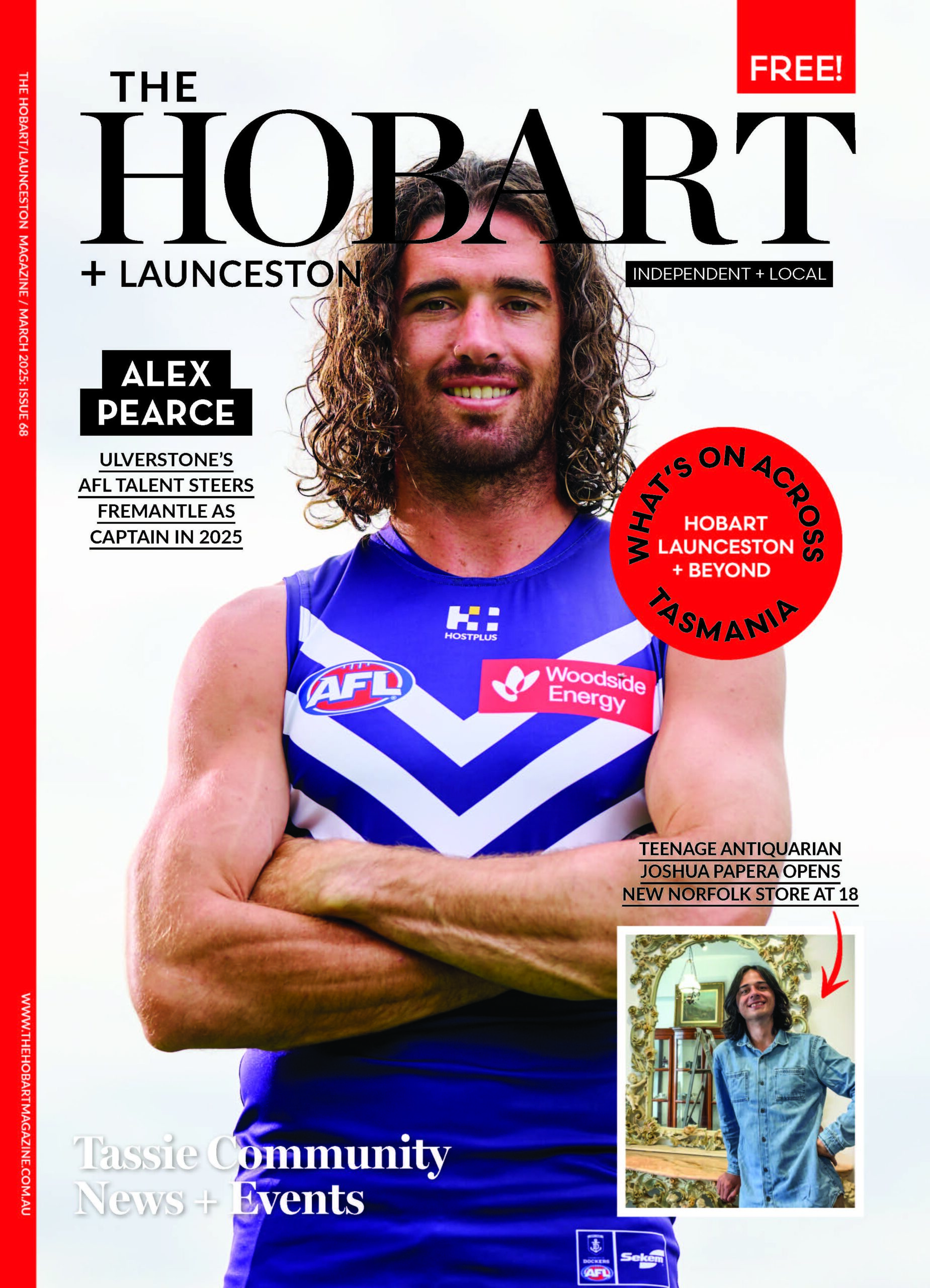Standing at the Edge of the world
by Amanda Double

It’s exhilaration I feel as I stand at the Edge of the World, my hair whipped into a crazy wind-dance as I gaze out upon the endless sea.
I’m at Arthur River in North West Tasmania, and the wind is (quite literally) taking my breath away. I peer at the plaque in front of me, its words dulled and stained by time and rough weather. I can just make out the poem celebrating this place, written by tourism pioneer Brian Inder (creator of Tasmazia, who died in 2019):
I cast my pebble onto the shore of Eternity
To be washed by the Ocean of Time.
It has shape, form and substance.
It is me.
One day I will be no more
But my pebble will remain here
On the shore of Eternity
Mute witness for the aeons
That today I came and stood
At the edge of the world.
I pick up my own pebble and cast it, as it seems appropriate. I had made my way to the lookout here from the little settlement at the mouth of Arthur River initially over a rough beach/bush track I’d stumbled upon, hoping (directionally-challenged as I am) that I was walking the right way to this rocky headland at Gardiner Point. It was only when I finally emerged onto the official road that took me the rest of the way that I discovered a sign, advising that my track “shortcut” was for “PWS Management use only”. Oops, sorry Parks and Wildlife Service.
The proper way to get here is via the road from the Arthur River settlement, crossing the bridge and taking the second street past that to Gardiner Point. There is a well-made boardwalk to the viewing platform, and even toilet facilities for tourists in the carpark. This special place is within the Arthur-Pieman Conservation Area, which stretches from Arthur River in the north to the Pieman River in the south, and is part of the larger takayna/ Tarkine wilderness.
The sea to the west of Tasmania – specifically here, at the Edge of the World – has been named the longest uninterrupted expanse of ocean in the world, stretching all the way to Argentina, some 15,000 km away (more than halfway around the globe). Although according to very friendly but vehement locals we met at nearby Bluff Hill Point, Bluff Hill Point is in fact the REAL edge, the most westerly bit, but the photo opportunities were better at Gardiner Point!

It is certainly picturesque – in a wild and gloriously unfettered way. The coast is lashed by the fierce westerly gales of the Roaring Forties. According to Wikipedia, “an old sailor’s expression goes, ‘below 40 degrees south, there is no law; below 50 degrees, there is no God.’” Later I ask my partner, a Sydney-to-Hobart sailor, about wind speeds, and he tells me more about the Roaring Forties, as well as the “Furious Fifties” and the “Screaming Sixties”. And he introduces me to the Beaufort scale, which measures wind speed according to the impact the wind has on the land and sea. It’s an old system, first developed in 1805 by Irish hydrographer and Royal Navy officer (later Rear Admiral) Sir Francis Beaufort, but the Bureau of Meteorology confirms that it remains a widely used system to measure wind speed today. It goes from 0 (calm, where smoke rises vertically and the sea is like a mirror), to 12+ (hurricane, 64 knots or more – very rarely experienced – causing widespread damage on land, and seriously-affected visibility at sea, with the air filled with white foam and driving spray). Thinking back, I wonder if it reached gale force 8 earlier on during my visit (34-40 knots, with progress somewhat impeded on land and the edges of the moderately high wave crests starting to break into spindrift), but at the time I just felt elated, charged up by nature’s buffeting.

Soon I’ll phone my partner, and ask him to join me here. But at this moment I’m making the most of my lucky solitude. Just standing at the Edge, looking out to sea and gulping lungfuls of the cleanest air on this planet. I’ll still be here in time for the beautiful sunset.

